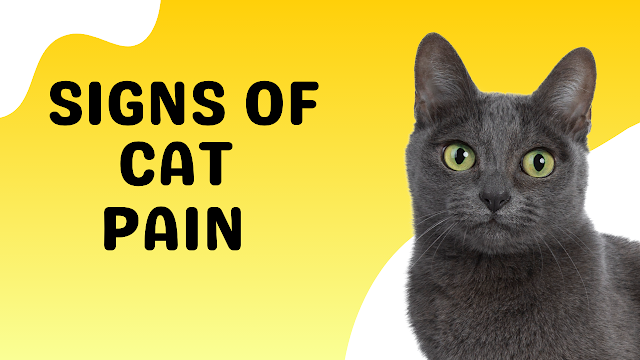7 Easy Steps to Choose the Right Pet Food
 |
| image: canva |
Choosing the right food for your pet is one of the most important decisions you'll make as a pet owner. With so many options available on the market, ranging from dry kibble to wet food to raw diets, it can be overwhelming to determine which type of food is best suited for your furry friend. In this guide, we'll walk you through the essential factors to consider when selecting the right pet food to ensure your pet receives the nutrition they need for a healthy and happy life.
Understand Your Pet's Nutritional Needs
Just like humans, pets require a balanced diet to thrive. Understanding your pet's nutritional needs based on their age, size, breed, activity level, and any specific health considerations is crucial. Consult with your veterinarian to determine the appropriate balance of protein, carbohydrates, fats, vitamins, and minerals for your pet's diet.
Read the Ingredients List
When evaluating pet food options, pay close attention to the ingredients list. Look for high-quality, whole food ingredients such as real meat, fruits, and vegetables. Avoid foods that contain fillers, artificial preservatives, colors, and flavors. Ingredients are listed in descending order by weight, so ensure that the primary protein source is listed at or near the top of the list.
Pet's Preferences and Dietary Restrictions
When it comes to choosing the right pet food, it's essential to consider your furry friend's unique preferences and any dietary restrictions they may have. Just like humans, pets have individual tastes and nutritional needs that should be taken into account when selecting their diet. Whether your pet prefers certain flavors, textures, or has specific health concerns, catering to their preferences ensures they enjoy mealtime while receiving the nutrition they need to thrive.
Additionally, pets with dietary restrictions, such as food allergies or sensitivities, require special attention to avoid triggering adverse reactions. By understanding and accommodating your pet's preferences and restrictions, you can make informed choices about their food that contribute to their overall health and happiness. Consultation with a veterinarian can provide valuable insights and recommendations tailored to your pet's specific requirements, ensuring they receive a balanced and satisfying diet that supports their well-being for years to come.
Choose Between Dry, Wet, or Raw Food
Pet food comes in various forms, including dry kibble, wet canned food, and raw diets. Each type has its advantages and considerations. Dry kibble is convenient, affordable, and helps promote dental health by reducing tartar buildup. Wet food can be more palatable for picky eaters and provides additional moisture, which can be beneficial for pets with urinary tract issues. Raw diets mimic a pet's natural diet and may offer benefits such as improved digestion and coat health, but they require careful handling to prevent bacterial contamination.
Check for Certification
When selecting pet food, it's crucial to check for certification from reputable organizations like the Association of American Feed Control Officials (AAFCO). AAFCO certification ensures that the food meets specific nutritional standards suitable for your pet's life stage, whether they're in the growth, maintenance, or all life stages. This certification provides reassurance that the food has undergone rigorous testing and meets essential nutritional requirements.
Additionally, it verifies that the food is balanced and complete, containing the necessary vitamins, minerals, and other essential nutrients your pet needs for optimal health. By choosing pet foods with AAFCO certification, you can have confidence in the quality and nutritional value of the food you're providing to your furry companion. Consultation with your veterinarian can offer further guidance on selecting the right certified pet food that aligns with your pet's individual needs and dietary requirements, ensuring they receive the best possible nutrition for their well-being.
Monitor Your Pet's Health
After transitioning your pet to a new food, closely monitor their health and well-being. Watch for any signs of digestive upset, allergic reactions, or changes in energy levels or coat condition. If necessary, consult with your veterinarian to make adjustments to your pet's diet to ensure optimal health and nutrition.
Introduce New Foods Gradually
When switching your pet to a new food, introduce it gradually over the course of several days to allow your pet's digestive system to adjust. Start by mixing a small amount of the new food with their current food, gradually increasing the ratio of new to old food until the transition is complete.
Conclusion
Choosing the right pet food is a crucial aspect of responsible pet ownership. By considering your pet's nutritional needs, reading ingredient labels, and selecting high-quality, balanced food options, you can ensure that your furry companion receives the nutrition they need to thrive. Remember to consult with your veterinarian for personalized dietary recommendations and monitor your pet's health closely to ensure their well-being for years to come.





Comments
Post a Comment